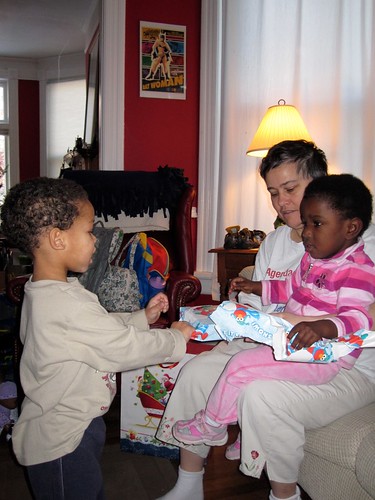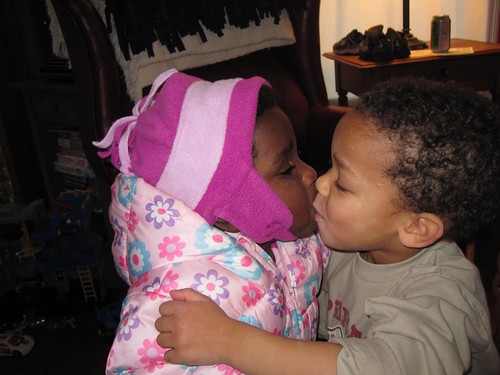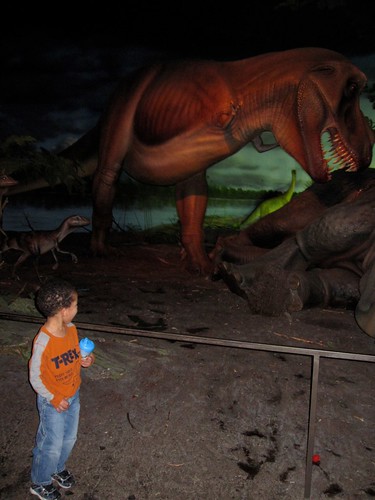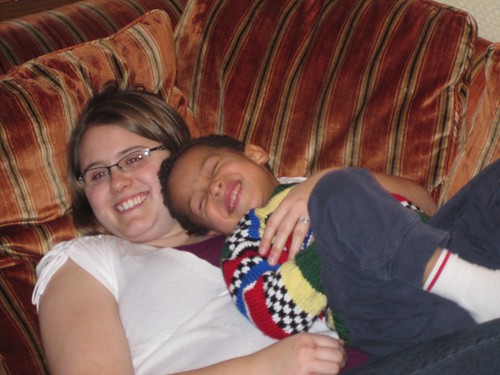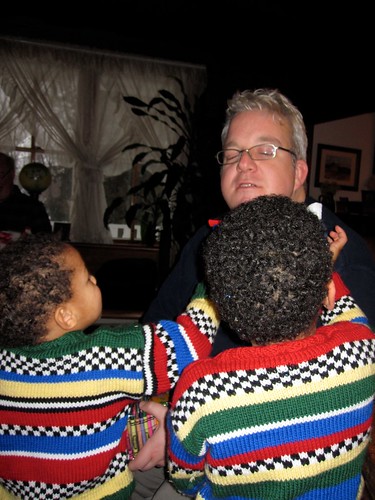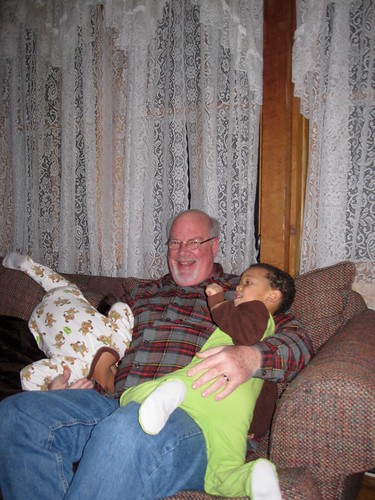Dear Discovery Channel:
I'm writing to you as a TV network that has some expertise in predatory sea mammals, as evidenced in the periodic "Shark Week" programming block you feature over the cable. I'm glad America has a "Shark Week," and every time I see an add for this or that year's upcoming "Shark Week," I make a mental note to add it to my Tivo list, until ultimately finding other things to do with my time. Recently, however, I've been stalked by certain shark-related questions that only you can answer. Let me cut to the chase.
1. Was Julianne Moore taught to speak like a human, or did she have enough early imprinting experiences with humans that she began to mimic our species on her own?
2. I have noted some non-shark and perhaps even human-like features in Julianne Moore. In certain still photographs, one can almost make out red hair. Is this a feature of her particular species, or some Shark X-Men style mutation? Or just a weird Halloween fright wig? (Also, in certain movie scenes, it is clear that Ms. Moore is towing two or more float tanks, presumably harpooned into her torso by Robert Shaw.)
3. Relatedly, is the trait for invisible skin shared by all of her breed or is it, again, the X-Men thing? It seems like having a shark with completely see-through skin would be a boon to ichthyology, which really makes me wonder why scientists would teach her to walk and talk and wear strangely patterned blouses. That's why I'm leaning towards the mutation theory, despite its chilling repercussions for the future of shark-mankind.
4. Did Julianne Moore's excess teeth, even among sharks, make it easier or harder to teach her to speak in human languages?
5. In the movie Short Cuts, Ms. Moore is seen topless from the waist down and two things are noticeable right away. First, she has pubic hair -- I'm guessing that's a merkin? Second, the curled tail fins on which she walks. Did you steal this style of imitative human walk from the makers of the cartoon "Jabberjaw," or they from Julianne?
In recent episodes of the otherwise decent show "30 Rock," Julianne Moore has employed a stunningly overwrought attempt at a Boston accent. It's seriously, distractingly awful. It makes Sean Penn's Mystic River accent sound subtle and nuanced. It makes Tom Hanks' Catch Me If You Can accent seem slightly less like a car horn. Excuse me, "CAHR HAHRN." It makes Cliff Claven sound like Sidney freakin' Poitier. I spent several years in Boston and, other than Jay Fisher, nobody even talks like that.
It is the accent that makes me ask the questions above, Discovery Channel, for if Ms. Moore's lack of understanding and connection with those of us who are legitimately human is due to the poor tutelage of scientists, I think we need to assess the kind of ethics training and mentoring we are providing our biologists. On the other hand, if Ms. Moore's development from toothsome sea-wolf to predatory near-human is one guided only by evolution and the innate competitive drive of sharks, then I am going to pack a bunker full of canned goods and start conserving shotgun shells, Cormac McCarthy style. Because if there are more Moores out there, Discovery Channel, then the real and oncoming Shark Week is going to make The Road look like a family vacation.
Best Regards,
Townblog
P.S. If Ms. Moore is indeed a product of science, please convince them to influence her to do more movies like Children of Men, in which she is shot in the face. Thanks in advance.
(Related: An Interview with the JAWS Shark, Feb. 2008)












